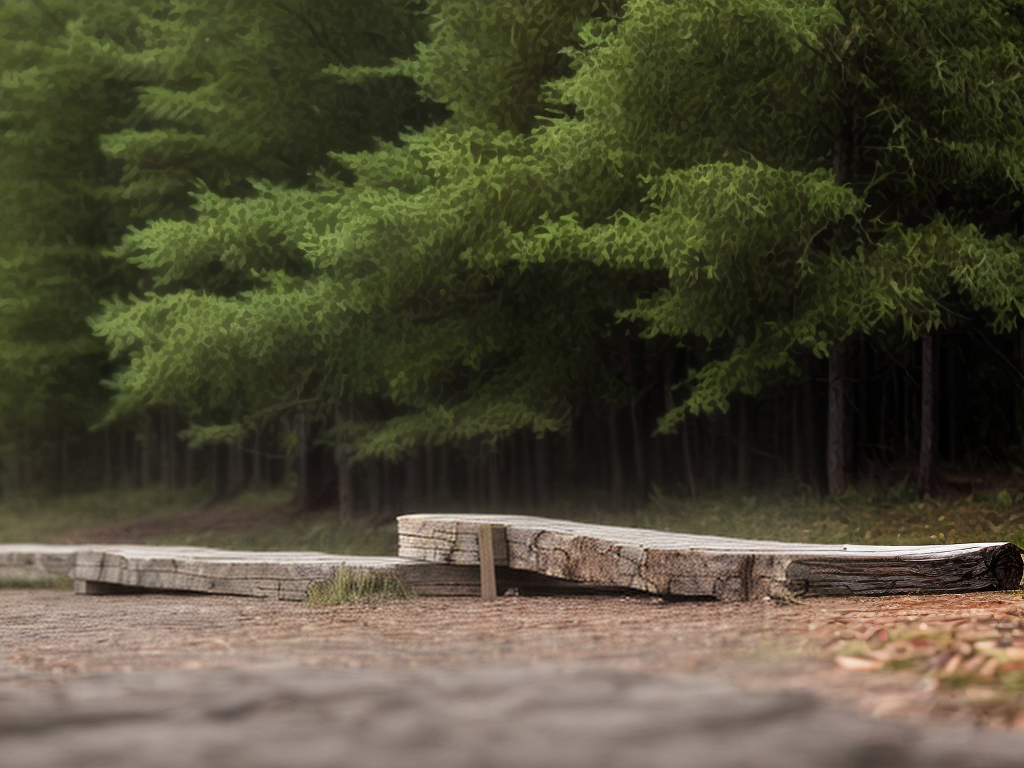
Hey there! Ready to dive into the world of timber materials? Well, did you know that pine, spruce, and cedar are some of the most common types out there? These three woods have their own unique characteristics that make them perfect for various projects. In this guide, we’ll compare them based on strength, durability, appearance, moisture resistance, and workability. By the end, you’ll have a better understanding of which timber material suits your needs best. So, if you’re looking to belong in the world of woodworking or construction, keep reading to uncover the secrets of pine, spruce, and cedar!
Strength and Durability
When considering the strength and durability of common timber materials such as pine, spruce, and cedar, you can rely on their individual characteristics to determine their suitability for various applications. Firstly, let’s talk about longevity and rot resistance. Pine, spruce, and cedar all possess natural oils and resins that make them resistant to rot and decay. This means that they can withstand exposure to moisture and weathering, ensuring their durability over time. Secondly, let’s discuss load bearing capacity and structural integrity. While pine is known for its strength and load-bearing capacity, spruce and cedar are equally capable of supporting heavy loads. Their tight grain structure and high density contribute to their structural stability, making them ideal choices for construction projects. So, whether you’re building furniture or constructing a house, these timber materials will provide the strength and durability you need.
Appearance and Grain
To appreciate the distinct appearance and grain of pine, spruce, and cedar, observe how each timber material showcases its unique characteristics. These three types of wood offer a wide range of color variations, adding to their natural beauty. Pine, known for its light yellow to reddish-brown hue, exhibits a fine and even texture with straight grains. Spruce, on the other hand, features a pale yellow color with light brown streaks, creating a visually appealing look. Its grain is generally straight and uniform, giving it a sleek and refined appearance. Cedar, with its reddish-brown and amber tones, displays a rich and warm color. Its grain is typically straight, but can also have slight variations, adding depth and interest to the wood. Below is a table summarizing the appearance and grain of each timber material:
| Timber Material | Color | Grain |
|---|---|---|
| Pine | Light yellow to reddish-brown | Fine and even texture with straight grains |
| Spruce | Pale yellow with light brown streaks | Straight and uniform grain |
| Cedar | Reddish-brown and amber tones | Straight grain with slight variations |
Whether you prefer the light and uniform look of spruce, the warm and rich tones of cedar, or the classic appeal of pine, each timber material offers its own unique beauty to enhance your living space.
Moisture Resistance
To assess the moisture resistance of pine, spruce, and cedar, you can consider how each timber material performs when exposed to varying levels of moisture. When it comes to moisture resistance, pine tends to be less resistant compared to spruce and cedar. However, all three materials can still withstand moderate levels of moisture if properly treated and maintained. Here are some factors to consider:
-
Pest resistance:
-
Pine is more susceptible to pests such as termites and beetles compared to spruce and cedar.
-
Spruce and cedar have natural properties that make them more resistant to pests.
-
Environmental sustainability:
-
Cedar is known for its durability and natural resistance to decay, reducing the need for chemical treatments.
-
Spruce is widely available and can be sustainably sourced.
Considering both pest resistance and environmental sustainability, spruce and cedar may be better options for those seeking moisture-resistant timber materials.
Workability and Ease of Use
You will find that working with pine, spruce, and cedar is generally straightforward due to their versatility and user-friendly characteristics. These timber materials are known for their cost effectiveness and environmental sustainability, making them even more appealing for your projects. When it comes to workability, pine, spruce, and cedar are relatively easy to cut, shape, and join together. They have a straight grain pattern and are less prone to splitting, making them ideal for various woodworking applications. Additionally, these woods are lightweight, allowing for easier handling and transportation. Whether you are a beginner or an experienced woodworker, you will appreciate the ease of use and flexibility that pine, spruce, and cedar offer, making them excellent choices for your next project.
Common Applications
When considering the common applications of pine, spruce, and cedar, it is important to note their versatility and user-friendly characteristics discussed earlier. These timber materials are widely used in various construction and woodworking projects due to their cost effectiveness and availability. Here are some common applications:
-
Indoor construction:
-
Pine is commonly used for framing, flooring, and paneling due to its affordability and ease of use.
-
Spruce is often used for making furniture, cabinetry, and trim due to its strength and smooth finish.
-
Outdoor projects:
-
Cedar is popular for outdoor applications such as decking, fencing, and siding due to its natural resistance to decay, insects, and moisture.
-
Spruce is also used for outdoor projects like pergolas and gazebos due to its durability and affordability.
These timber materials also boast environmental sustainability and minimal impact, making them a desirable choice for those seeking eco-friendly options.
Conclusion
In conclusion, when comparing common timber materials like pine, spruce, and cedar, it is important to consider factors such as strength and durability, appearance and grain, moisture resistance, workability, and common applications. Each of these materials has its own unique qualities and advantages, making them suitable for different purposes. Whether you’re looking for a sturdy construction material or a visually appealing option, understanding the characteristics of each timber type will help you make an informed decision.

